Like most things on Facebook, Canvas ads seem to have appeared out of nowhere. A few weeks ago they suddenly popped up as an option to use when creating an ad, but what exactly are Canvas ads?
The short answer is that they are full-screen, mobile-only websites you can send users to from your Facebook ads. I know, you’re probably sat there wondering why that is any different from a landing page or even your actual website, but all will become clear.
The Birth of Canvas Ads
Using the internet on a mobile device has become massive, which probably isn’t news to you. But what might surprise you is that a lot of people only use their mobile phone or tablet to browse the internet.
In fact, 56.5% users on Facebook use a mobile device and nothing else.
At the same time, over 80% of Facebook’s advertising revenue comes from mobile advertisements.
So mobile browsing is important to Facebook.
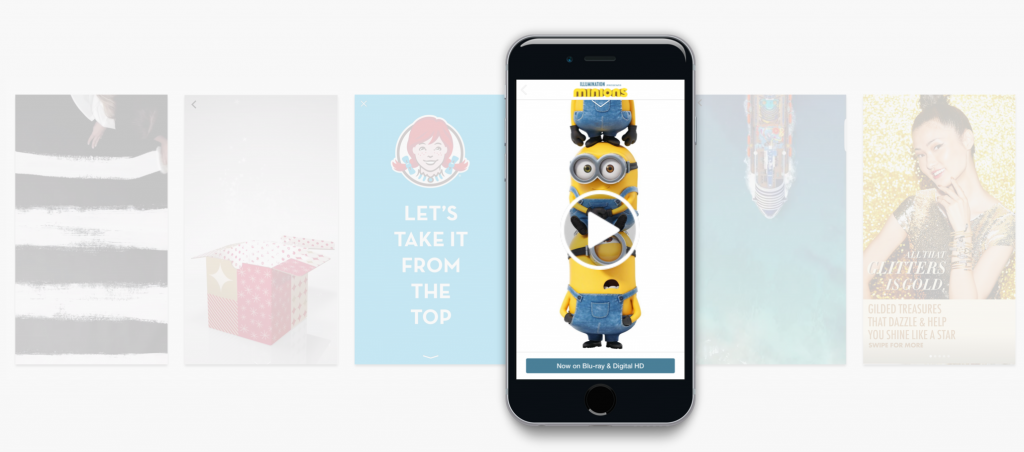
But using a mobile device can cause create a few issues:
1. Many websites are designed for desktop browsing, which can cause compatibility problems when using a mobile device.
2. Many people don’t have a fast data speed on their mobile device, meaning larger websites take longer to download.
3. Mobile internet browsing is all about quick, easy to digest information. It’s low attention span. People don’t have the patience to wait for a website to load on their mobile devices.
Facebook can control these issues within their own platform. They can make Facebook quicker for mobile users by redesigning the website. They can make their app and website easier to use on mobile devices. What they can’t control is a user’s experience once they leave Facebook.
Which is a problem when it comes to advertising. Facebook wants their advertisers to be happy, as that’s how they make their money. They also want to make the advertising process as quick and easy as possible for users, so that Facebook is a preferred platform for advertisers.
But the big issue is, most conversions don’t happen on Facebook at all. Advertisers send users to their own website, which is where the product or service is sold.
That external website could be slow or unresponsive. It could turn potential customers off. Which Facebook can’t control. But ultimately it’s a problem for Facebook because it gets in the way of conversions.
Canvas ads are a way to take back some control. They allow Facebook to own another part of the customer journey, with the end result being more conversions.
How Do Canvas Ads Work?
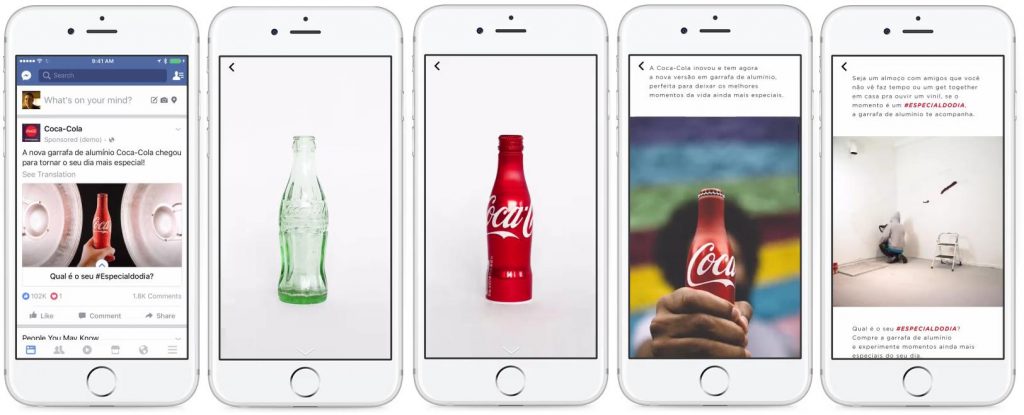
When advertisers on Facebook create an ad, they have an option to link their ad to a Canvas.
Canvases work with a few different ad types, usually in place of linking to an external website. When the usual ad pops up on a user’s feed, and they click the ad, the Canvas opens up, taking over their full screen.
The Canvas itself has to be designed and created through Facebook’s Canvas Builder. At the moment the features are pretty basic, allowing photos, videos, text boxes, and buttons. But the basic features are so that the Canvases load quickly for users. The less functionality there is, the less information needs to be sent to a mobile user. Meaning quicker load times.
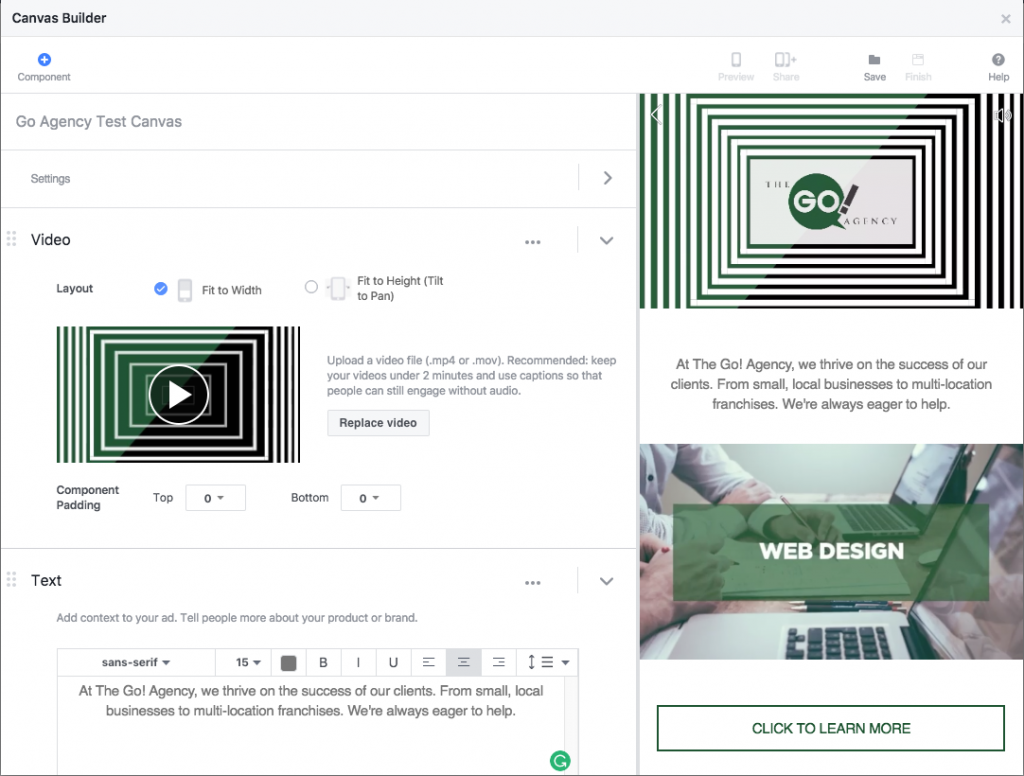
The major drawback to Canvases currently is a lack of a feature that collects customer details (leads). The Canvas is a stopping off point between a Facebook Ad and the advertiser’s website. Which could either be seen as just another hurdle for the customer to get over. Or alternatively, a more optimized way to guide users through the sales process.
Facebook has said that 70% of their top 1,000 advertisers have used Canvas ads, so it’s clear that large businesses are at least trying them out. But for now, it’s still unclear how effective the Canvases will be in comparison to creating a landing page.
From our point of view, they’ll be a great way to create more responsive landing pages for clients with websites that haven’t been fully optimized for mobile devices. We also like how the Canvases are full screen, so users are more likely to focus on them versus a website.
At the moment, Canvases are only available to mobile users, and it remains to be seen whether they’ll also jump to the desktop – but probably not due to the full-screen nature and the fact the Canvases are quite basic.
For now, we’re excited to see how people get creative with the format.


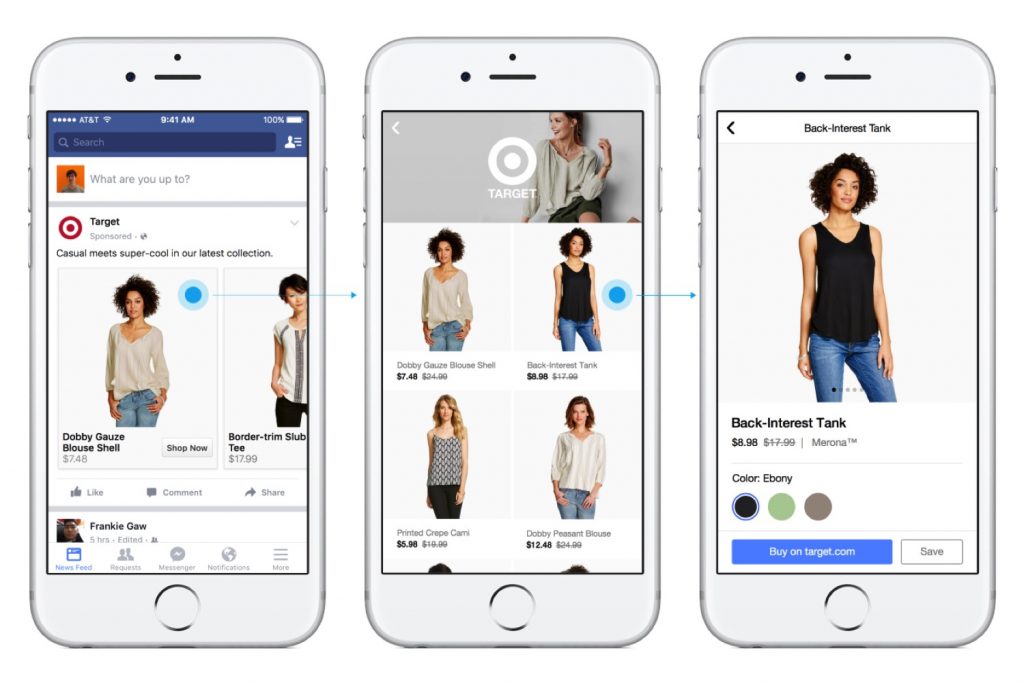

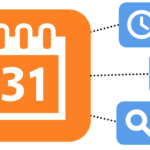

Linda
Jun 15 / 2017Thanks for the great info!
Christopher Tompkins
Jun 16 / 2017You’re welcome.